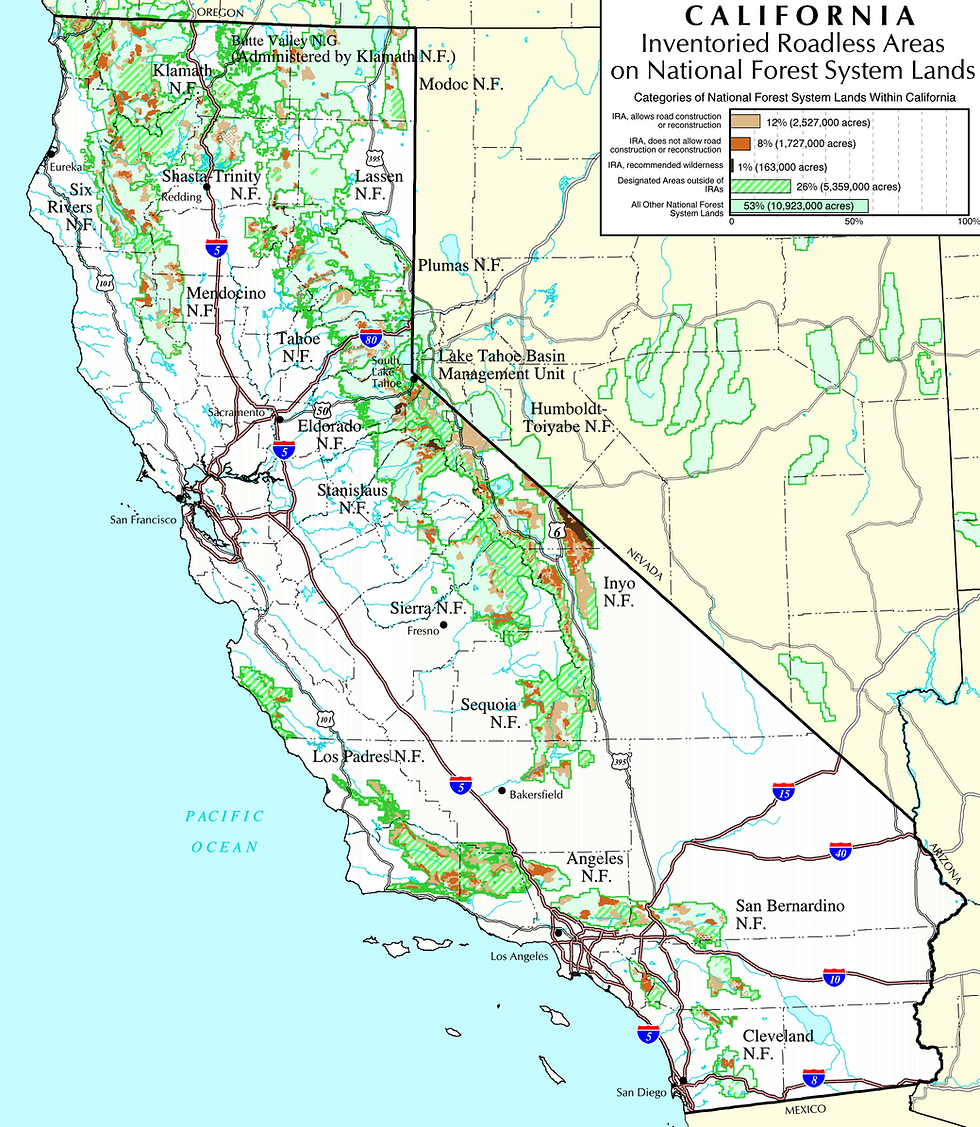Sand Dune Phacelia Receives Endangered Species Act Protections
- EPIC Staff
- Aug 23, 2023
- 1 min read
Updated: Aug 29, 2023

A ruling made by the U.S. Fish and Wildlife Service on August 22, 2023 has listed the rare sand dune phacelia (Phacelia argentea) as a threatened species under the Endangered Species Act. Along with this action, the U.S. Fish and Wildlife Service designated 180.8 acres of coastal dunes as critical habitat for this sensitive plant in Coos and Curry Counties in Oregon, and Del Norte County in California.
This sensitive plant grows to be just 18 inches tall, showcasing white flowers. Native bees are attracted to its nectar and pollen. In fact, it is shown that more bees can be found among dune plant communities that have phacelia.
Off-roading vehicles and sea level rise threaten phacelia, as the plant thrives in coastal dunes. Sand dune phacelia also flourishes in sandy areas that do not have many competing plants such as invasive European beach grass. Although this plant is adapted to thrive in windy coastal habitats, it only has 25 known populations left in its endemic area.
EPIC, Oregon Wild, Friends of Del Norte, Oregon Coast Alliance, the Native Plant Society of Oregon, the California Native Plant Society, Klamath-Siskiyou Wildlands Center and the Center for Biological Diversity petitioned to protect this wonderful native plant in 2014.
The rule will be going into effect on September 21, 2023 - one month after this final rule.
To see the critical habitat shapefile, you can check out the U.S. Fish and Wildlife Service's Environmental Conservation Online System (ECOS) portal.
Also read the Center for Biological Diversity's press release.





Comments